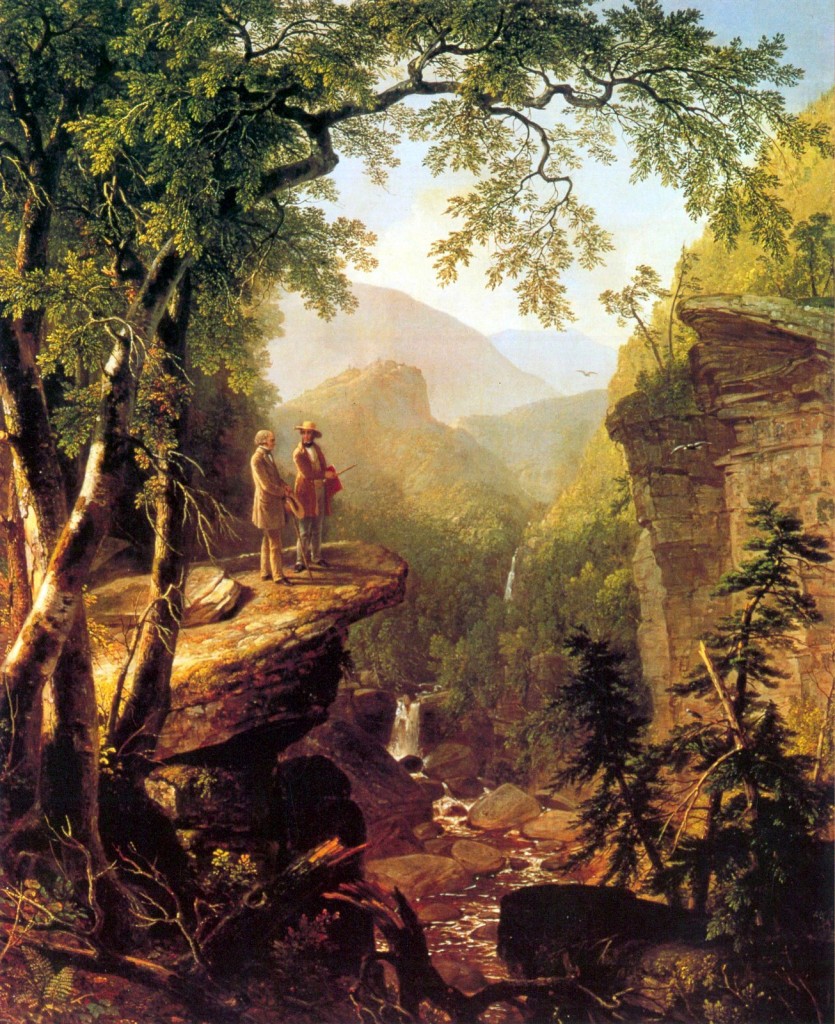
To Solitude
John Keats, 1816
O Solitude! If I must with thee dwell,
Let it not be among the jumbled heap
Of murky buildings;—climb with me the steep,
Nature’s Observatory—whence the dell,
Its flowery slopes—its rivers crystal swell,
May seem a span: let me thy vigils keep
‘Mongst boughs pavilioned where the Deer’s swift leap
Startles the wild Bee from the Fox-glove bell.
Ah! fain would I frequent such scenes with thee;
But the sweet converse of an innocent mind,
Whose words are images of thoughts refin’d,
Is my soul’s pleasure; and it sure must be
Almost the highest bliss of human kind,
When to thy haunts two kindred spirits flee.
A Fine Picture—Asher Durand’s painting portrays the American landscapist Thomas Cole with his friend, the American nature-poet William Cullen Bryant. The painting was commissioned by Jonathan Sturges in gratitude for Bryant’s eulogy to Thomas Cole, who had died suddenly in 1848.
A Little Poetry—“To Solitude” was published on May 5, 1816 under the initials J.K. It was Keats’s first published work, and, though the poem attracted little public attention at the time, Keats would give up his medical practice that year to pursue a literary career.
A similar sentiment is expressed in William Cowper’s previously featured quatrain that begins “I praise the Frenchman, his remark was shrewd.”
